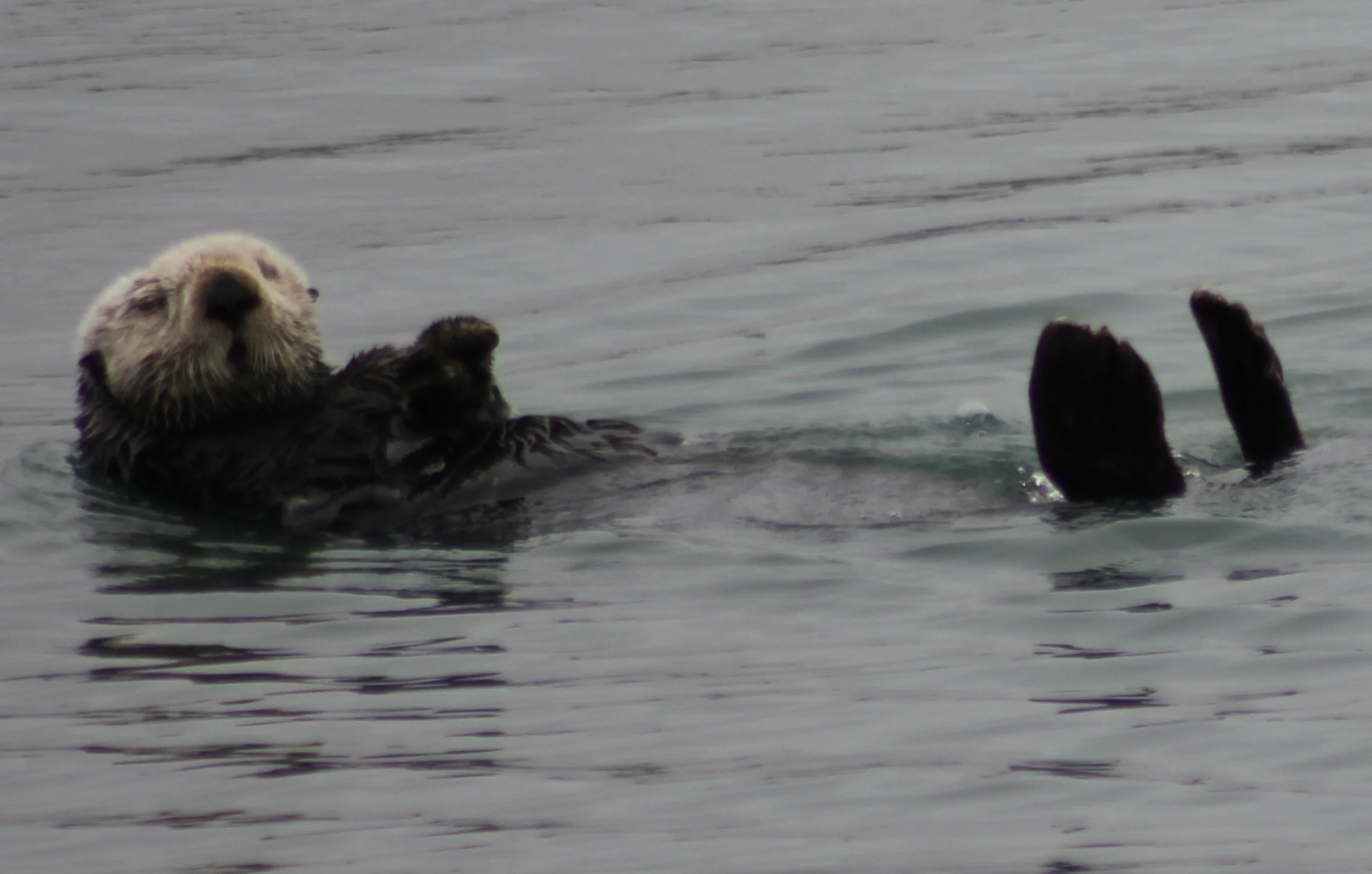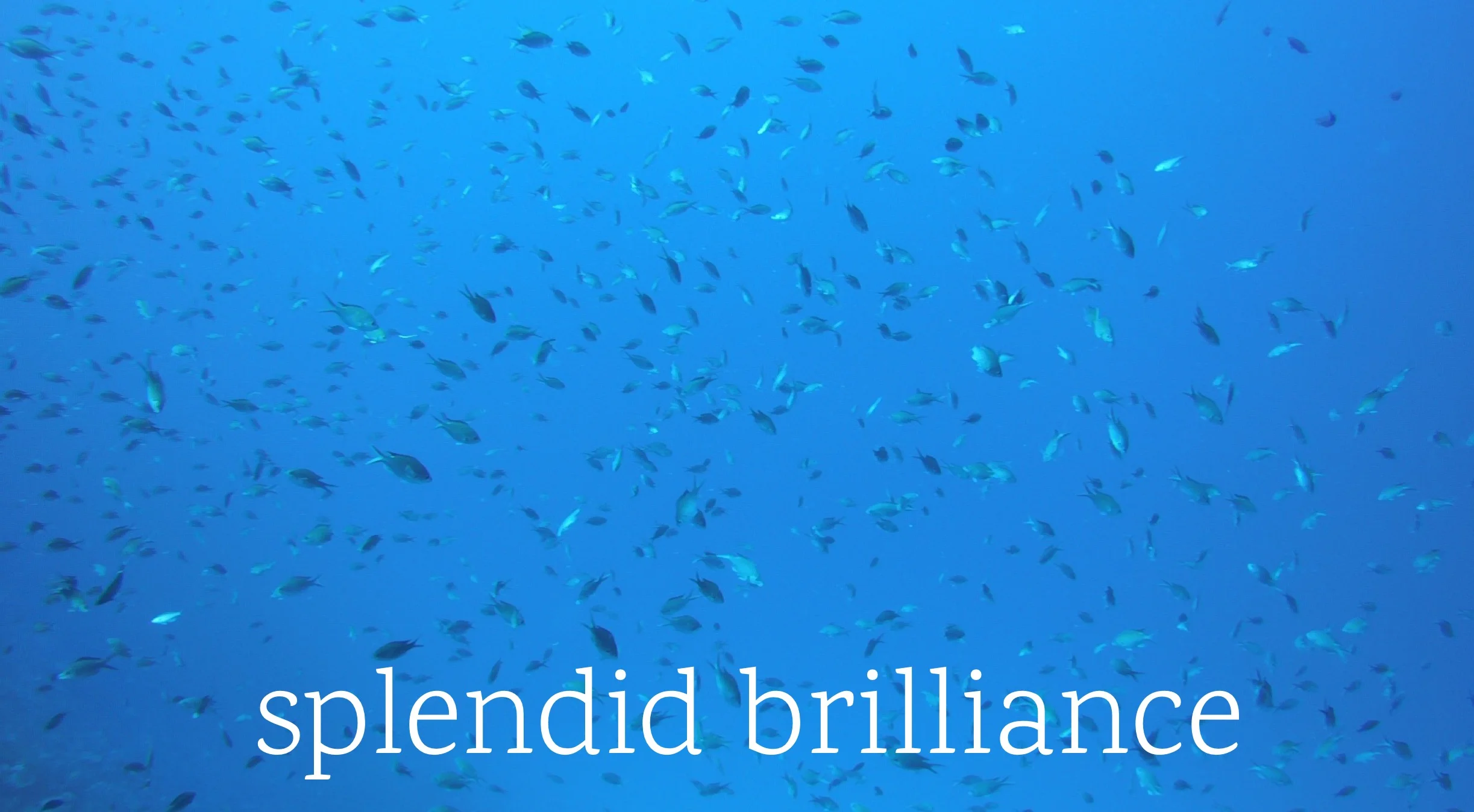What "Nature" Looks Like
The last time I was in California, I got a chance to really explore the coast. This is a variation on my wildlife refuge theme. Yesterday, I wrote about the importance of wildlife refuges. Today, we're going to explore Marine Protected Areas.
All around the globe, MPAs, or Marine Protected Areas are places in the ocean where human activity is limited. MPAs work differently in different places. In California, where the whole state lies on the coast of the Pacific Ocean, the goal of the MPAs is to "conserve biological diversity, provide a sanctuary for marine life, and enhance recreational and educational opportunities." California's important step, to create MPAs, means that many different kinds of creatures have a protected place to live.
Here's what that looks like. In places were there are MPAs, the California coastline is rugged, wild, and natural. When I compare it to the coastline in New York and New Jersey, it looks very different. Here, the coastline is primarily taken up with sandy beaches, homes, and resorts. Sometimes, seeing wildlife is shocking--because we often don't see wildlife at all.
In contrast, California's MPAs try to protect the waters to make them a marine sanctuary: marine life comes first. There are lots of places for humans to observe animal life and for scientists to study it. But look at this mix of diversity in the marine ecosystem above water: California Sea Lions, Sea Gulls, Northern Elephant Seals, and Brown Pelicans. I took all of these photos standing in the exact same spot near the Piedras Blancas Rookery.
If there's this much diversity above the water, imagine what the waters below look like.
When biological diversity flourishes (meaning lots of different plants and animals), it's good for the health of the planet. It's also good for humans because it means that our waters are healthy and balanced. We're not taking more than we should. We're not changing nature to force it to fit around humans.
California: a pretty good place to be a marine animal, don't you think? Maybe that should be their new state motto! ;-)





